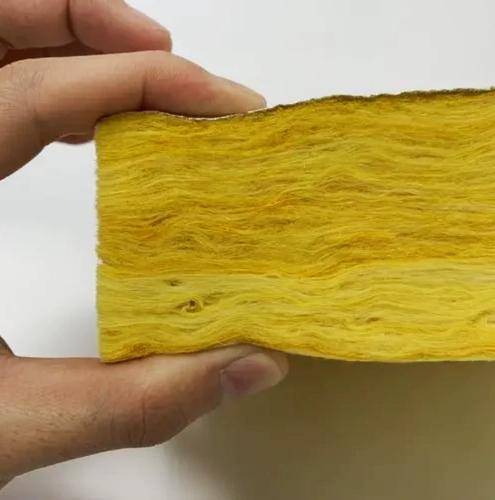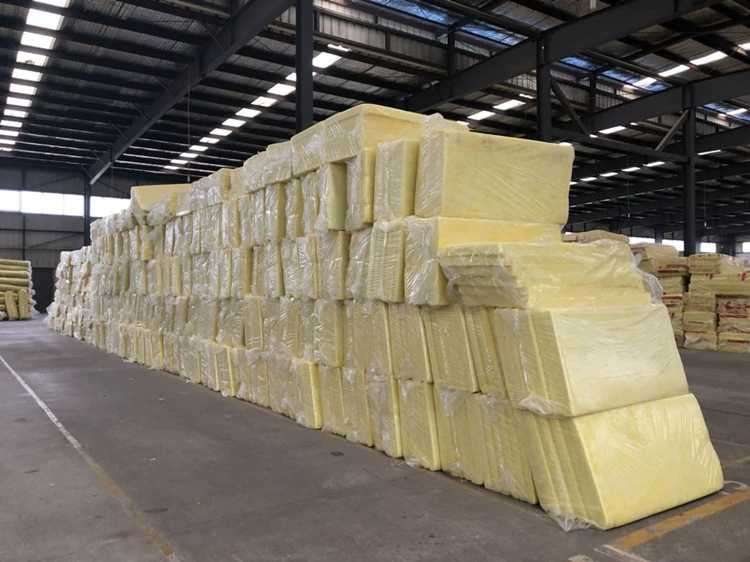
Construction points of glass wool in building insulation
Choose suitable glass wool products: Based on the specific needs and design requirements of the building, select glass wool products with good insulation, fire resistance, sound absorption, and durability. Factors to consider include density, thickness, fiber diameter, thermal conductivity, etc. For example, for buildings in cold regions, glass wool with high density and thick thickness should be selected to improve insulation effect.
Quality inspection of materials: Before construction, conduct quality inspection on glass wool to ensure that it meets relevant standards and specifications. The inspection includes appearance quality, dimensional deviation, density, thermal conductivity, combustion performance, etc. Inspection can be carried out by viewing product certificates, inspection reports, etc., or by entrusting professional organizations to conduct sampling testing. Cleaning the surface of the base layer: Clean the dust, oil stains, loose materials, etc. on the surface of the building base layer to ensure that it is flat, dry, and free of cracks. For uneven base layers, cement mortar can be used for leveling treatment.

Cleaning the surface of the base layer: Clean the dust, oil stains, loose materials, etc. on the surface of the building base layer to ensure that it is flat, dry, and free of cracks. For uneven base layers, cement mortar can be used for leveling treatment.
Addressing grassroots defects: repairing cracks, holes, and other defects on the surface of the grassroots to ensure its integrity. Polymer cement mortar, putty and other materials can be used for repair, and the repaired surface should be flat and smooth.
Coating interface agent: Apply interface agent on the surface of the base layer to enhance the adhesion between glass wool and the base layer. The selection of interface agent should be based on the characteristics of the base material and glass wool, and the coating should be uniform and without any omissions.
Safety protection: During the construction process, attention should be paid to safety protection, such as wearing safety helmets, safety belts, protective gloves, and other protective equipment. Prevent glass fiber from causing harm to the human body, such as skin itching, respiratory irritation, etc. During the construction process, good ventilation should be maintained to avoid working in enclosed spaces.

Fire prevention measures: Glass wool is a flammable material, and attention should be paid to fire prevention during construction. Avoid smoking and using open flames on the construction site. Effective fire prevention measures should be taken for areas that require welding, cutting, and other operations, such as setting up fire isolation belts and equipping fire extinguishing equipment.
Finished product protection: After construction is completed, attention should be paid to the finished product protection of the glass wool insulation layer. Avoid stacking heavy objects, impacts, scratches, etc. on the insulation layer. Effective protective measures should be taken for areas that require subsequent construction, such as covering with protective film and setting up protective barriers.

In short, the construction points of glass wool in building insulation include material selection and inspection, base treatment, installation of glass wool, construction of protective layer, and precautions. During the construction process, relevant standards and specifications should be strictly followed to ensure construction quality and insulation effect.
